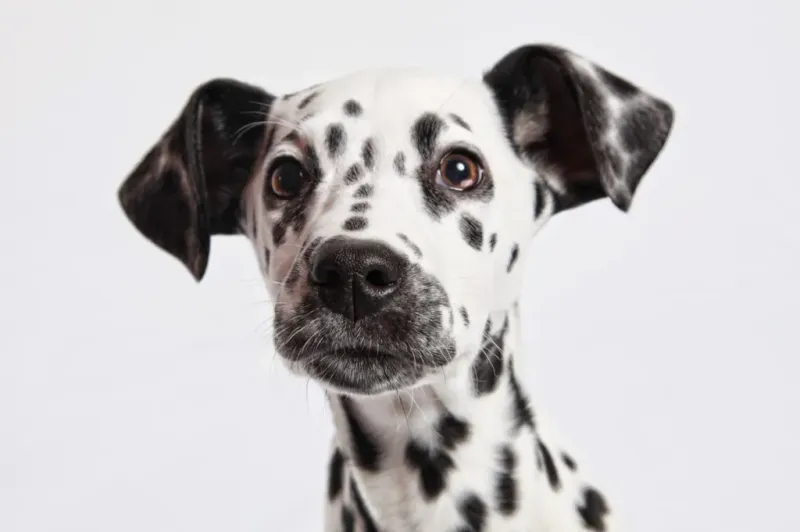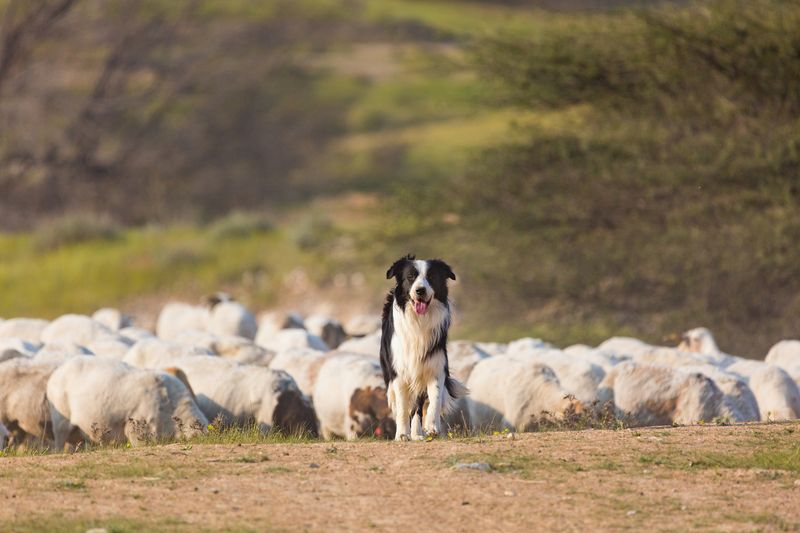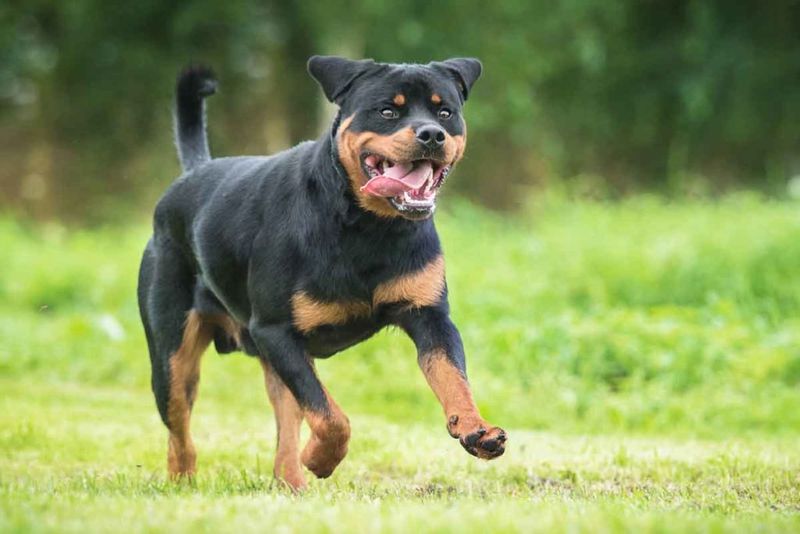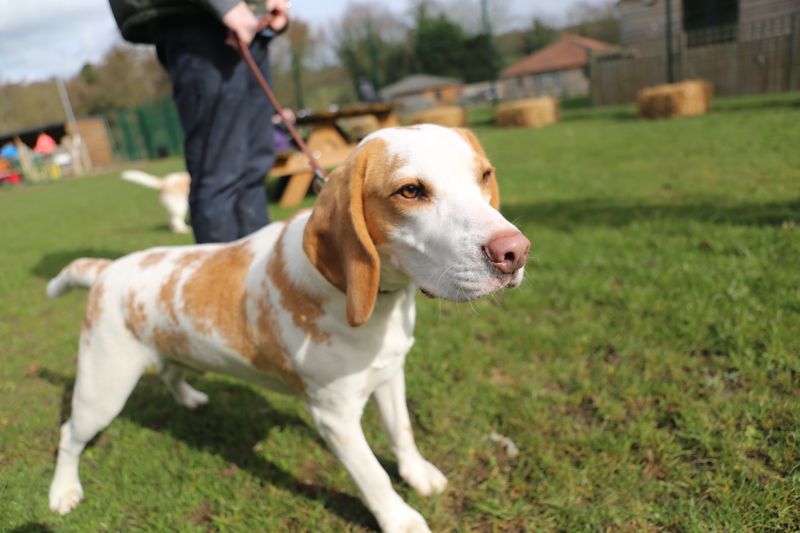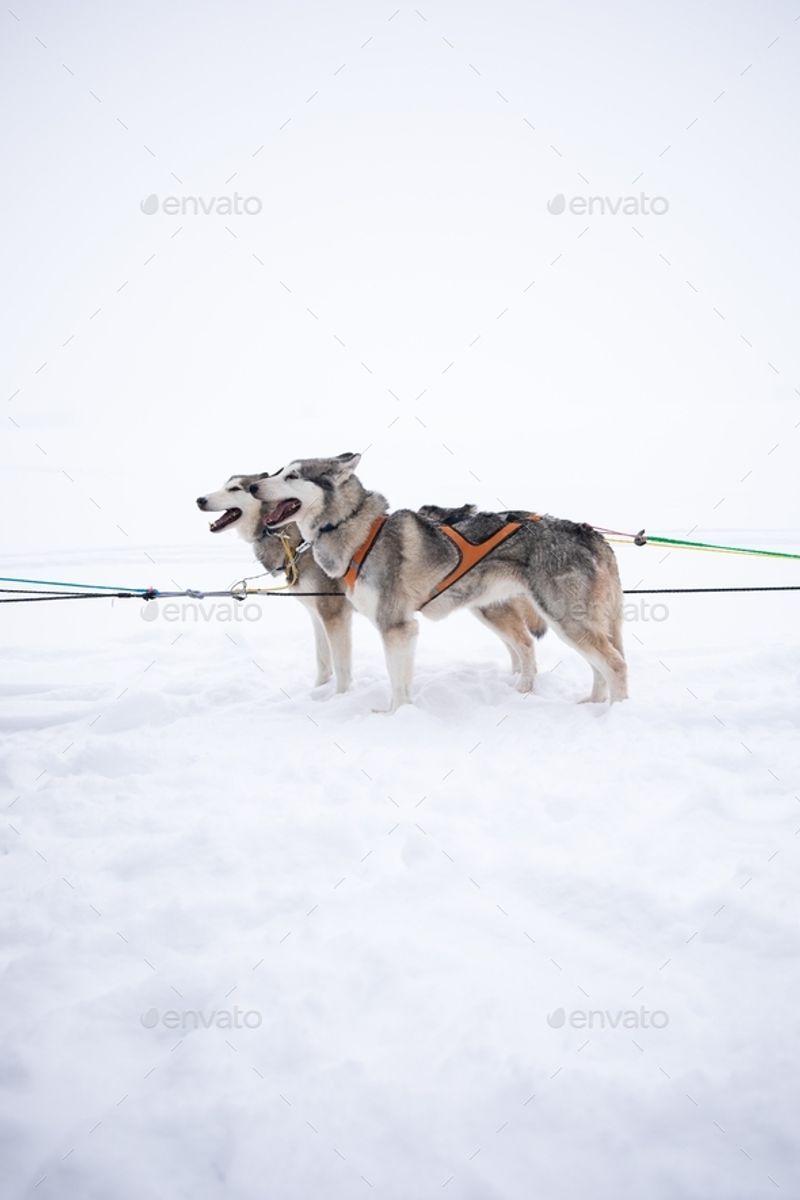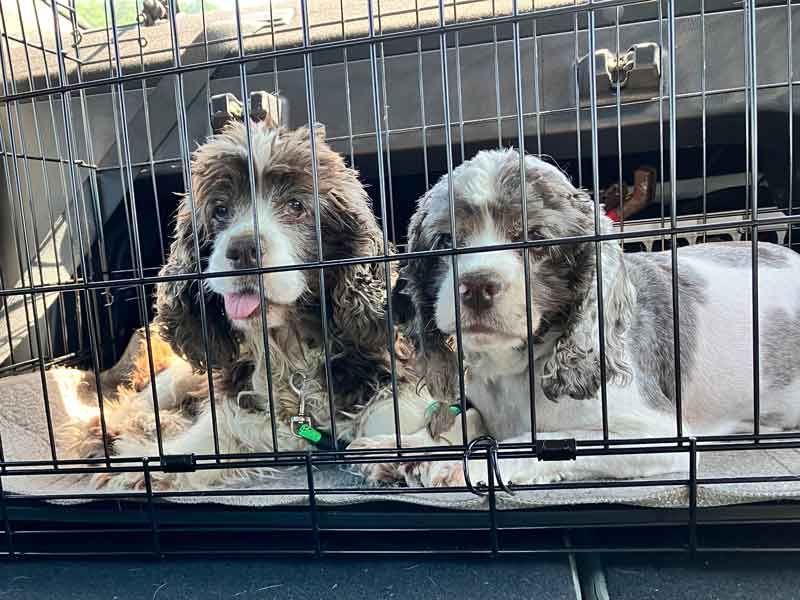In the world of dog ownership, finding the right fit between pet and owner is crucial. Unfortunately, some breeds often find themselves back in shelters due to various reasons, from behavioral challenges to mismatched expectations. Here are ten dog breeds that are most frequently returned to shelters, along with insights into why they might not be the perfect fit for everyone.
Dalmatian
Dalmatians are known for their striking spotted coats and energetic personalities. They’re often associated with firehouses and the movie industry, capturing many hearts. However, their high energy levels can sometimes be overwhelming for first-time dog owners.
These dogs require ample exercise and mental stimulation. Without it, they can become restless and destructive. Socialization is key, as Dalmatians have a strong prey drive that needs management.
Interestingly, Dalmatians are prone to deafness, a trait linked to their unique coat. Prospective owners should consider their active lifestyle before committing.
Jack Russell Terrier
Jack Russell Terriers are small but mighty. Known for their intelligence and agility, these dogs often excel in obedience and agility competitions. Their feisty nature can be both charming and challenging.
With a boundless energy reservoir, they demand constant activity. A sedentary lifestyle may lead to behavioral issues. Jack Russells are known for their digging habits, often leaving gardens in disarray.
While they’re loyal and loving, they need an owner who can match their zest for life. Early training and socialization are critical for a harmonious relationship.
Chihuahua
Chihuahuas may be small, but their personalities are anything but. Often perceived as lap dogs, they have a surprisingly bold demeanor. Their small size sometimes leads to over-protectiveness and territorial behavior.
Without proper socialization, Chihuahuas can become yappy and anxious, particularly around strangers. They require gentle handling and consistent training. These little companions often bond closely with one person, making them less adaptable in busy households.
Their quirky charm and big eyes often win hearts, but their care demands patience and understanding.
Border Collie
Border Collies are renowned for their intelligence and work ethic. Bred for herding, they thrive on mental challenges and physical activity. Their keen instincts and problem-solving skills are unmatched.
However, their high energy levels and need for stimulation can overwhelm unprepared owners. Without enough to do, Border Collies might resort to herding children or other pets. If left unchallenged, they may develop behavioral issues.
For those who live an active lifestyle and enjoy engaging with their dog, a Border Collie can be a perfect match.
Rottweiler
Rottweilers are powerful and confident, often used in roles requiring strength and loyalty. Despite their intimidating appearance, they can be affectionate and protective family members.
Rottweilers require consistent training and socialization from an early age to curb their territorial instincts. They are best suited for experienced dog owners. Their loyalty can sometimes translate to over-protectiveness, necessitating firm leadership.
With the right guidance, Rottweilers become devoted companions. These gentle giants thrive in environments where they feel secure and valued.
Beagle
Beagles are loved for their merry disposition and keen sense of smell. Originally bred for hunting, they have an inherent curiosity. Their noses often lead them on adventures, sometimes far from home.
Beagles require a secure environment to prevent escapes. Training can be challenging due to their independent streak. The joy they bring with their playful antics is unmatched, but their stubbornness can test patience.
Owners should prepare for a lifetime of adventure with these vibrant companions, who thrive on companionship and exploration.
Bulldog
Bulldogs are well-loved for their gentle and loving nature. With their wrinkled faces and sturdy build, they exude charm and warmth. However, their laid-back attitude can sometimes be mistaken for laziness.
They are prone to weight gain and require regular, moderate exercise. Their unique body structure leads to respiratory issues, requiring attentive care. Bulldogs thrive in family settings, where they can enjoy companionship and comfort.
Despite their challenges, their loyalty and affection make them cherished members of any household.
Siberian Husky
Siberian Huskies are known for their striking appearance and boundless energy. Bred for endurance, they require significant exercise and mental stimulation. Without it, their mischievous side often takes over.
These escape artists are known for digging and jumping fences. They possess a strong prey drive, needing careful training. Huskies are social animals, thriving in packs, whether human or canine.
Their captivating blue eyes and playful demeanor are alluring, but they demand time and commitment from their owners.
American Pit Bull Terrier
American Pit Bull Terriers are often misunderstood. Known for their strength and agility, they are also incredibly fond of human interaction. When raised with care, they become loving and loyal companions.
Their muscular build requires regular exercise, and they thrive in active households. Early socialization and training are crucial to manage their potential for aggression.
Despite misconceptions, Pit Bulls often excel as therapy and service dogs, proving their gentle nature. Owners need to invest time and effort to bring out the best in these loving dogs.
Cocker Spaniel
Cocker Spaniels are adored for their glossy coats and joyful personalities. They’re often seen prancing through gardens or enjoying family time. However, their luxurious fur demands regular grooming.
These expressive dogs thrive on attention and can become distressed if left alone for long periods. Their gentle nature makes them ideal companions, but they require a stable environment.
Training a Cocker Spaniel involves patience and consistency, ensuring they remain well-mannered family members. With love and care, they bloom into delightful companions.

